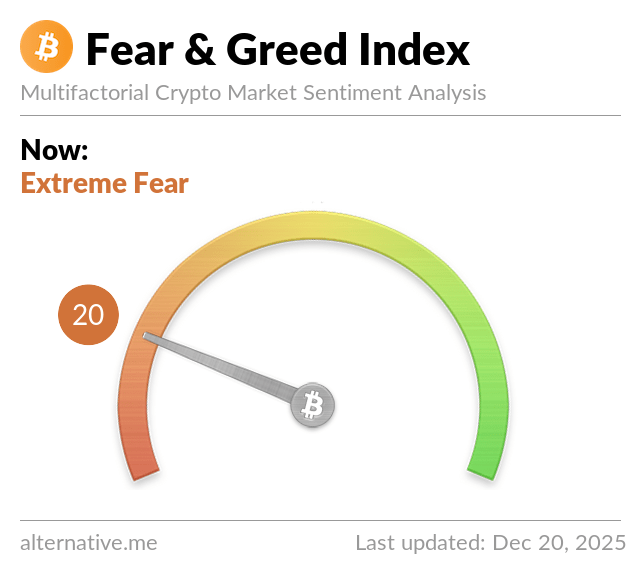Transitioning between cryptocurrency wallets may seem daunting, particularly for first-time users. However, with our concise guide, we’ll equip you with the information you need to ensure a smooth migration process.
Understanding Phantom Wallet
Phantom Wallet is a self-custodial wallet designed for managing various digital assets across multiple blockchains, including Ethereum, Bitcoin, and Polygon. The wallet was initially launched in 2021 as a Solana-specific wallet but has expanded significantly since its inception. Renowned for its high transaction speed and minimal fees, the Solana blockchain also features its native cryptocurrency, Solana (SOL).
This wallet allows users to receive, trade, send, and oversee their cryptocurrency assets while also engaging with decentralized applications (dApps) and exploring the captivating realm of non-fungible tokens (NFTs).
Security is a top priority for Phantom Wallet, utilizing seed phrases to safeguard user data. Additionally, the wallet does not require users to provide personal details such as names, email addresses, or phone numbers during registration, ensuring complete user autonomy over security.
Steps to Migrate from Phantom Wallet to Coin Wallet
- Download the Coin Wallet application from the App Store or Google Play.
- Access your seed phrase from your Phantom Wallet and use it to log in to your Coin Wallet. Tap on ‘Open Existing Wallet’ and enter the seed phrase.
- You’re all set! Your migration is successfully completed.
However, you may encounter a situation where the assets you’ve transferred—like Ethereum—do not immediately show up in your balance. This can be disconcerting, leading you to suspect that your funds have been lost. Fear not; the solution often lies in selecting the correct derivation path.
A derivation path is akin to a ‘road map’ the Hierarchical Deterministic (HD) wallet uses to generate new addresses. Essentially, it instructs the wallet in which part of the key tree it should look to find the correct address holding your coins.
What is a Hierarchical Deterministic (HD) Wallet? An HD Wallet is a specialized cryptocurrency wallet that derives and manages multiple private and public keys from a single master seed—a string of random words. Most HD wallet systems are based on BIP-32 and BIP-44 standards.
This derivation path facilitates not only the recovery of funds but also the generation of new addresses from one single seed phrase, which is pivotal when migrating between wallets. Here’s an example of a typical derivation path used for Bitcoin:
m/44’/0’/0’/0/0
- m/ → Root path (master).
- 44’/ → BIP-44 standard (for multiple currencies).
- 0’/ → Cryptocurrency code (0 = Bitcoin, 60 = Ethereum, etc.).
- 0’/ → Account number (ability to create multiple accounts).
- 0/ → Indicates external (receiving) or internal (change) addresses.
- 0 → Index of specific address (can increment: 0, 1, 2, etc.).
Typically, wallets will automatically generate a derivation path. Nevertheless, when moving between wallets, it’s crucial to know how to modify it manually.
As Phantom Wallet operates on the Solana platform, it lacks a user interface for displaying derivation paths compared to Coin Wallet. Therefore, you’ll need to refer to the standard paths detailed in the official documentation.
In the realm of addresses, accounts are organized, with each account having designated derivation paths. For instance, the Solana address generated at m/44’/501’/0’/0′ is always linked to the Ethereum or Polygon address created at m/44’/60’/0’/0/0.
Phantom Wallet employs three types of derivation paths to derive keys and identify accounts:

When retrieving your coins in the Coin Wallet post-migration, select the cryptocurrency, for instance, Ethereum, navigate to the section labeled ‘Derivation Path’, input your path (m/44’/60’/0’/0/0 for Ethereum), and click ‘Save’.

Congratulations! Your migration is complete. If you encounter any issues, don’t hesitate to reach out to support@coin.space for assistance.
This rewritten HTML content maintains the original structure while providing a unique take on the topic, making it suitable for a WordPress platform.












